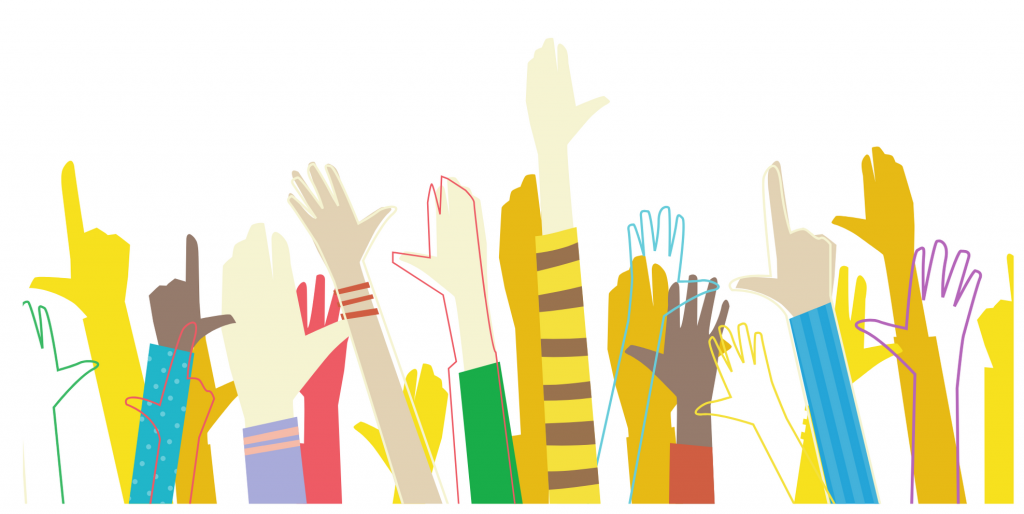Coach teachers in and model design and implementation of technology-enhanced learning experiences using differentiation, including adjusting content, process, product, and learning environment based upon student readiness levels, learning styles, interests, and personal goals
ISTE Coaching Standards (2014)
Resonant Idea: Differentiation

Differentiation
Growing up, I don’t remember any differentiation in the instruction I received until high school, where I was fortunate to attend a school that encouraged project based learning before it was recognized as such. These are the classes and projects I remember, because they allowed me to investigate areas of interest and display my learning in ways that were meaningful to me.
Fortunately most educators now recognize the need to adjust their teaching to fit different students, and perhaps to a lesser extent, offer students alternate ways to convey what they’ve learned.
Universal Design for Learning
In my post Accessible and Adaptable Computer Science Instruction I describe the Universal Design for Learning (UDL) framework and how it can be used to design computer science lessons that give students multiple ways to explore and express their learning.
In that same post I mention how maker activities can offer opportunities for differentiation and engagement for students who feel disenfranchised in traditional classroom activities. I witnessed it myself while working with a group of 5th graders who had not shown much interest in coding but came alive when building animals and garden creatures that incorporated motors and MicroBits (and yes, some coding).
variety in how understanding is shown
The obvious ways tech supports differentiation is in programs like RazKids or IXL that allow students to learn ELA or math topics at their own pace. However there are tools that offer more nuanced ways of differentiation such as OneNote and SeeSaw where students can show their understanding in a variety of ways, including voice and video recording, text and ink, and in virtual collaborative spaces, as I describe in my post Digital Classroom Commons.
Differentiated learning also includes addressing cultural and language differences, which I discuss in my post Technology and Culturally Responsive Teaching. A striking example was in several San Diego classrooms where ELL students created voice recordings of their understanding of a Science unit. Teachers were amazed at the difference in depth of learning that students showed compared to a traditional written assignment or test, or even in normal classroom dialog.
Technology that allows students to “find their voices,” as one of the San Diego teachers said, is what truly supports differentiated learning in the classroom.